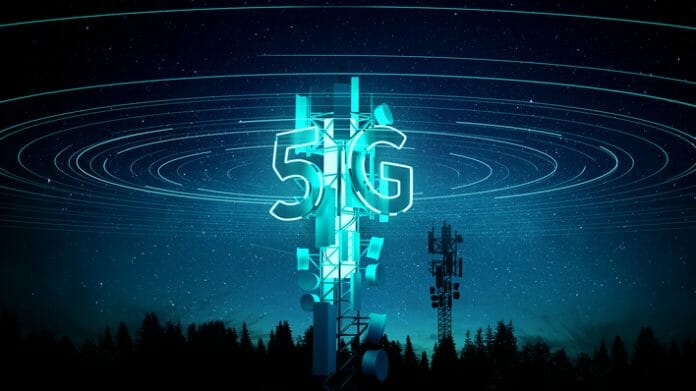Mobile network operators (MNOs) may be allowed to deploy 5G on their existing spectrum via a dynamic spectrum sharing (DSS), alongside Digital Nasional Bhd’s (DNB) Single Wholesale Network (SWN) rollout, said CGS-CIMB Research.
DSS enables the parallel use of long-term evolution (LTE) and 5G in the same frequency band. The technology determines the demand for 5G and LTE in real time.
In a note today, CGS-CIMB Research said while the DSS will not offer much faster speeds versus 4G, it will rapidly widen 5G coverage (plus allow for future carrier aggregation with new sub-6GHz spectrum).
“This is in line with the government’s aspirations as MNOs can mostly replicate their current 4G coverage with just software upgrades.
“If improved transparency and 5G DSS (by altering the scope of DNB’s rollout) leads to reduced 5G rollout cost and lower wholesale fees, we believe it would help to boost MNOs’ financial year 2023-2025 forecast core earnings per share (EPS) and more substantially over the long-run,” it said.
CGS-CIMB said the government is currently reviewing the 5G SWN rollout and is slated to make a final decision by end-March.
Post-Budget 2023, it said that Communications and Digital Minister Fahmi Fadzil had several discussions with all telcos and reaffirmed that Malaysia will expedite 5G coverage to 80 per cent by end-2023, from end-2024.
“He further said on March 9, that the government will honour contracts signed for DNB’s 5G rollout, which suggests that the disbanding of DNB is unlikely, in our view,” CGS-CIMB said.
Another potential scenario is changing to a 5G dual wholesale network (DWN) model, with 5G DSS allowed, the research firm said.
“This would be more complex, as it involves a re-allocation of 5G spectrum to DNB and the second 5G network, which may be owned by MNOs that did not take up stakes in DNB previously such as Maxis and U Mobile,” it said.
CGS-CIMB said the government may exit from its stake in DNB, leaving both 5G networks privately driven.
“If spectrum cost and coverage/quality of service requirements are not too punitive, then it would be akin to the pre-SWN era, depicting that MNOs commercially engage in active network sharing to mitigate the cost of 5G rollout,” it said.
The research house said that each 5G network should cost roughly the same as (but in total, more than) a cost-efficiently rolled out SWN but with traffic split two ways, the cost per GB would be higher.
However, as privately driven entities, CGS-CIMB said there may be room to manage the rollout more optimally based on traffic demand and potential benefits from being nimbler to cater to commercial needs.









